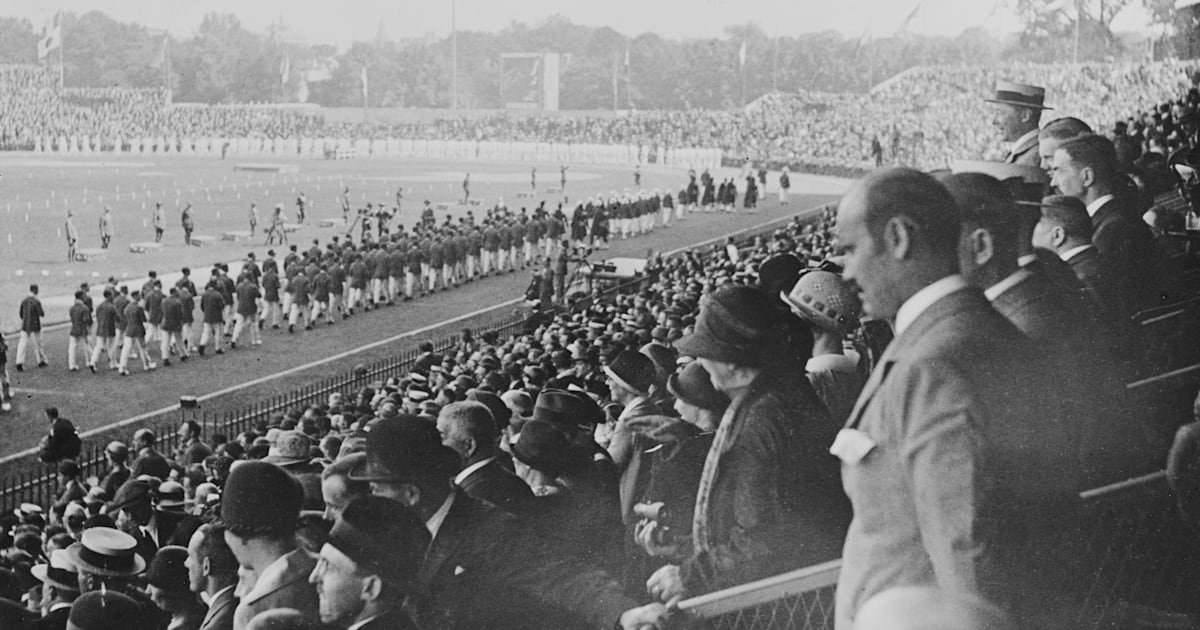Bussiness
Why so many men in the US have stopped working
- The share of prime working-age US men with a job has declined from about 96% in the 1950s to 86% today.
- Some positive factors, like the rise of working women, have contributed to the decline.
- But there are also several more concerning reasons men aren’t working like they used to.
America’s men are working at much lower rates than they used to — and the reasons are a mixed bag of positive and negative economic news.
In the early 1950s, as many as 96% of prime working-age American men, who were between the ages of 25 and 54, had jobs. Due to a mix of factors, from the effects of recessions to those of globalization, only about 86% do today, below the OECD average of other developed countries as of 2022.
It’s left many men struggling to support themselves financially. Plus, the longer they’re out of the workforce, the higher the chances they’ll experience a loss of dignity and mental health challenges, experts say.
Here’s why the decline of working men might be happening.
It could be all about recessions
Since the 1950s, whenever the US economy fell into a recession, the rate of working men tended to suffer a lasting blow.
When the economy entered a recession in 1953, the share of prime-age men with jobs dropped from 96% to 92.8% and never fully recovered to the pre-recession level.
This pattern repeated in many of the recessions that followed. During the Great Recession, the prime-age male employment rate fell from 88% to 80.6% — and has never since reached above 86.7%. The pandemic recession may prove to be an exception: After falling as low as 78% in 2020, the rate has nearly recovered to its pre-pandemic level.
“In recent decades, declines in labor-force participation have tended to accompany recessions,” Abigail Wozniak, an economist at the Federal Reserve Bank of Minneapolis, told Business Insider. “Participation dips and then does not fully recover.”
Why have recessions appeared to have such a lasting impact on working men? Even when the economy recovers, some occupations don’t reach prior employment levels — or pay as well as they used to. Given that men have historically dominated the workforce, they’ve borne the brunt of these impacts.
“If the opportunities available after a downturn pay less than the old opportunities, workers may decide not to work as much despite their lower income,” Wozniak said.
And the longer one is out of the workforce, the more disconnected they can become, research has found.
The strong recovery of men working after the pandemic recession could be due to the unique nature of this downturn — which tanked an otherwise healthy economy. Some experts have argued that the strong level of federal government spending — relative to past recessions — is what enabled the economy to bounce back better this go-round.
To be sure, the male unemployment rate is low relative to historical levels. But this measure doesn’t account for men who have stopped looking for work altogether.
Many men with disabilities aren’t working
In 1960, roughly 455,000 workers collected Social Security disability benefits. In 2022, there were more than 7.6 million, including roughly 1.3 million men between the ages of 25 and 54.
Some of this rise can be attributed to a growing and aging population and the expansion of these benefits over time. However, some Americans have become more reliant on disability income, in part due to economic challenges.
“What drives people to apply for disability is, in many cases, the repeated loss of work and inability to find new employment,” David Autor, an economist with the Massachusetts Institute of Technology, told The Washington Post in 2017. “Many people who are applying would say, ‘Look, I would like to work, but no one would employ me.'”
In 2023, about 44% of total men and women between the ages of 25 and 54 had a job, compared to roughly 83% of those without a disability, per the Bureau of Labor Statistics.
In a 2022 analysis of Current Population Survey data by the San Francisco Fed, nearly 40% of prime-age men cited disability or illness as the reason they weren’t working.
In more recent decades, struggles with addiction tied to the opioid epidemic have also sidelined some men from the workforce.
To be sure, in recent years, the rise of remote work and elevated job openings have helped more people with disabilities find employment. In 2023, nearly 23% of Americans with a disability were employed — the largest share on record since data collection began in 2008, according to the BLS.
Other theories: Education, incarceration, and stay-at-home dads
There are several other potential explanations for the decline of men in the workforce, including the rising share of those in graduate school, working as stay-at-home dads, or caring for elderly parents.
Changing demand for jobs, driven in part by globalization and automation, has also hurt the job prospects of many men, in particular those employed in the manufacturing industry. More jobs began requiring higher levels of education, which made it difficult for some men in the job market.
What’s more, men now account for less than half of enrollees on college campuses, which could affect employment outcomes. Among Americans aged 25 and older, the unemployment rate of people with only a high school diploma is 3.9%, compared to 2.2% for those whose highest educational attainment is a bachelor’s degree, per the Bureau of Labor Statistics.
To be sure, in recent years, some companies have become more open to hiring candidates who don’t have a college degree. There’s also been job growth in industries that historically haven’t required degrees, like manufacturing and food services. But finding a job without a degree— and one that pays well — can still be a challenge for some men.
In 2016, Harvard economist Jason Furman, then-chair of President Barack Obama’s Council of Economic Advisers, attributed the decline of prime-age working men largely to the “reduction in the demand for unskilled labor” driven by technological change, adding that prime-age men without jobs tended not to have a college education.
Additionally, he said most of these men weren’t spending more time on childcare than the average man and weren’t relying on working women to pay the bills — suggesting they weren’t stay-at-home dads, for instance.
Some more under-the-radar factors could also be playing a role.
Elise Gould, an economist at the Economic Policy Institute, told Business Insider that a stagnant minimum wage and falling unionization rates have contributed to lower pay for some workers. The lower the pay, the less motivated some people might be to take a job.
Additionally, rising incarceration rates in recent decades could be making it difficult for some men to find work once they return to society, Gould said. Incarcerated men aren’t counted in government labor force statistics, but when they are released, their struggles to find work would weigh on the male employment rate.
Additionally, in the past, many men opted for careers in the military, but there are fewer of these jobs than there used to be. In 1970, there were over three million full-time federal government military employees — there were less than 1.5 million as of 2022.
“Post-World War II, we’ve seen pretty big declines since the late 60s and throughout the 1990s in terms of federal employment in the military,” Gould said.
While the military is actively seeking recruits, it appears to be a less attractive path nowadays for many men — the three branches have struggled to meet recruitment goals.
Research by Federal Reserve economist John M. Coglianese published in 2018 found that a rise in “in-and-outs” — men who temporarily leave the labor force but ultimately return, was responsible for a large chunk of men’s declining working rates.
And of course, some lucky prime-age men aren’t working because they’ve had a lot of financial success — and already retired.
Deciphering how much these explanations have fueled the decline of working men could be worthy of further explanation, the economists said. Without a better understanding, it’s difficult to develop policies to combat the problem, to the extent there is one.
“I think that ideally, we would have jobs for everybody who wants one,” Gould said.
Are you a man between the ages of 25 and 54 who’s not in the workforce? Are you willing to share your story? If so, reach out to this reporter at jzinkula@businessinsider.com.









